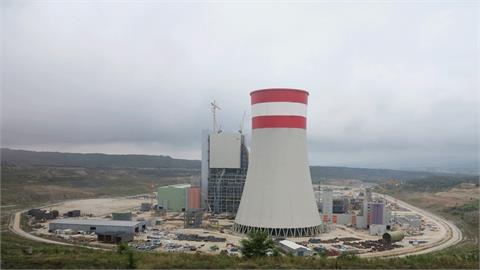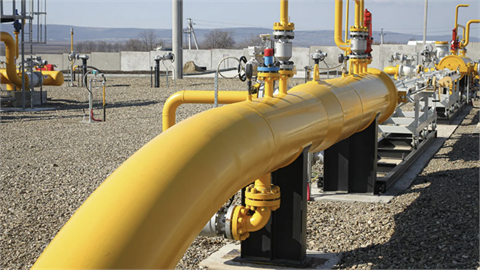Natural gas is set to see the strongest demand growth among fossil fuels at 15% in the coming 15 years driven by increasing energy demand in emerging economies and the expanding use of liquefied natural gas (LNG) in more countries, Alessandro Agosta, partner at global management consulting firm, McKinsey & Company, told Anadolu Agency in an exclusive interview.
Due to confinement measures against the COVID-19 crisis, Agosta said that oil demand suffered while natural gas became more resilient.
According to the International Energy Agency data, global oil demand decreased by around 8% last year to historic low levels, while natural gas demand saw a much smaller drop of 2.5% down to 3.9 trillion cubic meters compared to 2019.
"It is more difficult to replace natural gas when it is used in cement, steel production. That's why we say that the decarbonization of the sector will not necessarily mean a reduction in gas use. There will be decarbonization but it will come from energy efficiency appliances or carbon capture technologies," he said, adding that these technologies will contribute to a greener future for gas.
Agosta stated that most of the absolute growth in natural gas demand will come from emerging and growing economies like China or Brazil, while Europe with its more mature gas market will have relatively lower demand growth.
LNG is expected to play a key role in the increasing natural gas demand worldwide.
Shell said in its latest LNG Outlook 2020 that global demand for LNG rose by 12.5% to 359 million tons in 2019, and is forecasted to double to 700 million tons by 2040. According to Shell, this significant increase reinforces LNG’s growing role in the transition to a lower-carbon energy system.
"We think that LNG is the segment of natural gas that will see the fastest growth. It is a proven technology and there is already a lot of activity to make a green LNG industry which is a good sign," Agosta noted.
- Price volatility likely to be higher
McKinsey projects that the share of LNG will reach 18% in the coming decade relative to the 13% share today.
"We are basically observing every year a 1-2% growth in the trade volume as there are more LNG consuming markets," Agosta said.
However, as it is difficult to keep an exact equilibrium between supply and demand in the LNG market, he said that price volatility is part of the trade.
"Even if it is difficult to project the direction of the price, we think that volatility will be likely higher than what we have seen even in 2020 which was, of course, a disruption," Agosta underlined.
Spot market LNG prices climbed to record high levels in January 2021 as demand surged due to the extreme winter conditions in Asia amid low inventories. The freezing cold temperatures in Texas, one of the most important LNG centers, also contributed to price volatility last month when the LNG trade and natural gas production in the country was badly hit due to blockages from frozen natural gas lines on the distribution network.
- New gas-producing markets could come to fore
Agosta explained that in a growing global natural gas industry, it is difficult to precisely project the volume of investments, however, he said the upstream sector would take the lion's share of capital investments.
Some new countries, like Mozambique in Africa, and others in the Middle East could increase their gas production in addition to the big traditional producers like Russia, Azerbaijan, Norway and North America, he said.
Agosta also stated that the natural gas pipelines would continue to remain very important despite the growth in LNG.
"We forecast that LNG's share will increase to 18% which means that around 80% of the gas will go through pipelines. In mature markets like Europe, there will inevitably be less need for large-scale new pipelines because of market saturation. However, there will be growing geography, like in China or Brazil where we will still see a lot of developments in terms of pipelines," Agosta said.
- Turkey's gas discovery "a big success"
Turkey’s natural gas discovery of 405 billion cubic meters in the Black Sea last year has cemented its key role in the region. Agosta called it a "big success” and said the country’s geographical position makes it very important as a central gas distribution center in the region.
The Black Sea gas discovery was Turkey's largest ever in its history, and the biggest offshore gas find globally in 2020.
Turkey meets the majority of its natural gas needs through imports. The discovery is expected to reduce Turkey's gas import bill, which totals around $12 billion annually.
The country imported 48.1 billion cubic meters of natural gas last year, marking a 6.5% increase compared to 2019 levels.
(Anadolu Agency, March 8, 2021)



